با سلام، میخوام در ادامه در مورد آموزش کار کردن با دوربین در اندروید مطالبی رو به اشتراک بزارم.
تو این قسمت میخوام با استفاده از دوربین عکسی گرفته بشه و اون عکس رو در حافظه گوشی ذخیره کنیم.
نکته اول: اکتیویتی به نام UserProfileActivity داریم که یه button داخلش کردیم و داخل Onclick اون button میخوایم عکس گرفته شود و ذخیره شود و در ادامه به سرور ارسال شود.
نکته دوم – تا مرحله سوم بیشتر خود کدهای خام آورده شده، بعد از تغییرات Manifest بهتره برای استفاده از مرحله 4 به بعد رو استفاده کنید.
1- اول از همه داخل Manifest اجازه دسترسی به حافظه داخلی رو بدید.
<manifest ...>
<uses-permission android:name="android.permission.WRITE_EXTERNAL_STORAGE" />
...
</manifest>
2- بعد از گرفتن عکس نیاز به فایلی داریم که عکس در آن ذخیره شود، به این منظور از تابع زیر استفاده می کنیم (داخل Activity مورد نظر استفاده شود – تو این مثال UserProfileActivity):
String mCurrentPhotoPath;
private File createImageFile() throws IOException {
// Create an image file name
String timeStamp = new SimpleDateFormat("yyyyMMdd_HHmmss").format(new Date());
String imageFileName = "JPEG_" + timeStamp + "_";
File storageDir = getExternalFilesDir(Environment.DIRECTORY_PICTURES);
File image = File.createTempFile(
imageFileName, /* prefix */
".jpg", /* suffix */
storageDir /* directory */
);
// Save a file: path for use with ACTION_VIEW intents
mCurrentPhotoPath = image.getAbsolutePath();
return image;
}
نکته: برای اندروی قبل از 24 از FileProvide استفاده نمیشد ولی برای اندروید های بیشتر از 24 اگر از FileProvider استفاده نشه به ارور زیر بر خواهید خورد:
.../android.os.FileUriExposedException: file:///storage/emulated/0
برای تنظیمات File provider در قدم اول داخل Manifest تگ providerزیر را وارد کنید:
<application>
...
<provider
android:name="android.support.v4.content.FileProvider"
android:authorities="${applicationId}.fileprovider"
android:exported="false"
android:grantUriPermissions="true">
<meta-data
android:name="android.support.FILE_PROVIDER_PATHS"
android:resource="@xml/file_paths"></meta-data>
</provider>
...
</application>
در خط دوم از تگ provider داریم applicationId که این ID درون فایل buil.gradle قابل دسترس هست.
حال باید فایل file_paths.xml داخل res/xml ساخته بشه:
<?xml version="1.0" encoding="utf-8"?>
<paths xmlns:android="http://schemas.android.com/apk/res/android">
<external-path name="my_images" path="Android/data/com.example.package.name/files/Pictures" />
</paths>
3- حال برای گرفتن عکس و فراخوانی intent جدید می توانید از کد زیر استفاده کنید (داخل Activity مورد نظر استفاده شود – تو این مثال UserProfileActivity) :
static final int REQUEST_TAKE_PHOTO = 1;
Intent takePictureIntent = new Intent(MediaStore.ACTION_IMAGE_CAPTURE);
// Ensure that there's a camera activity to handle the intent
if (takePictureIntent.resolveActivity(getPackageManager()) != null) {
// Create the File where the photo should go
File photoFile = null;
try {
photoFile = createImageFile();
} catch (IOException ex) {
// Error occurred while creating the File
}
// Continue only if the File was successfully created
if (photoFile != null) {
Context context = this;
Uri photoURI = FileProvider.getUriForFile(this,
context.getPackageName()+ ".provider" ,
photoFile);
takePictureIntent.putExtra(MediaStore.EXTRA_OUTPUT, photoURI);
startActivityForResult(takePictureIntent, CAMERA_CAPTURE_IMAGE_REQUEST_CODE);
}
}
4- نکته: قبل از فراخوانی کد های فوق بهتره که ابتدا توسط تابع زیر بررسی کنیم که دستگاه مورد نظر دوربین داره یا خیر (داخل Activity مورد نظر استفاده شود – تو این مثال UserProfileActivity) :
/** Sadegh Camera take picture
* Checking device has camera hardware or not
* */
private boolean isDeviceSupportCamera() {
if (getApplicationContext().getPackageManager().hasSystemFeature(
PackageManager.FEATURE_CAMERA)) {
// this device has a camera
return true;
} else {
// no camera on this device
return false;
}
}
و از طریق زیر بررسیش می کنیم (داخل Activity مورد نظر استفاده شود) :
if (!isDeviceSupportCamera()) {
Toast.makeText(getApplicationContext(),
"Sorry! Your device doesn't support camera",
Toast.LENGTH_LONG).show();
// will close the app if the device does't have camera
finish();
}
// capture picture
captureImage();
captureImage در اصل همان کد نوشته شده در مرحله 3 است که تغییراتی توش دادم و در زیر آورده شده است:
private void captureImage() {
Intent intent = new Intent(MediaStore.ACTION_IMAGE_CAPTURE);
//// sadegh added for error : FileUriExposedException
intent.addFlags(Intent.FLAG_GRANT_READ_URI_PERMISSION);
//fileUri = getOutputMediaFileUri(MEDIA_TYPE_IMAGE);
Context context = this;
fileUri = FileProvider.getUriForFile(this, this.getPackageName() + ".provider", getOutputMediaFile(MEDIA_TYPE_IMAGE));
intent.putExtra(MediaStore.EXTRA_OUTPUT, fileUri);
// start the image capture Intent
startActivityForResult(intent, CAMERA_CAPTURE_IMAGE_REQUEST_CODE);
}
همون طور که تو کد بالا اومده برای ساخت فایل از تابع getOutputMediaFile استفاده شده که کدش میشه:
/**
* returning image / video
*/
private static File getOutputMediaFile(int type) {
// External sdcard location
File mediaStorageDir = new File(
Environment
.getExternalStoragePublicDirectory(Environment.DIRECTORY_PICTURES),
AppConfig.IMAGE_DIRECTORY_NAME);
// Create the storage directory if it does not exist
if (!mediaStorageDir.exists()) {
if (!mediaStorageDir.mkdirs()) {
Log.d(TAG, "Oops! Failed create "
+ AppConfig.IMAGE_DIRECTORY_NAME + " directory");
return null;
}
}
// Create a media file name
String timeStamp = new SimpleDateFormat("yyyyMMdd_HHmmss",
Locale.getDefault()).format(new Date());
File mediaFile;
if (type == MEDIA_TYPE_IMAGE) {
mediaFile = new File(mediaStorageDir.getPath() + File.separator
+ "IMG_" + timeStamp + ".jpg");
} else if (type == MEDIA_TYPE_VIDEO) {
mediaFile = new File(mediaStorageDir.getPath() + File.separator
+ "VID_" + timeStamp + ".mp4");
} else {
return null;
}
return mediaFile;
}
/**
* Here we store the file url as it will be null after returning from camera
* app
*/
@Override
protected void onSaveInstanceState(Bundle outState) {
super.onSaveInstanceState(outState);
// save file url in bundle as it will be null on screen orientation
// changes
outState.putParcelable("file_uri", fileUri);
}
@Override
protected void onRestoreInstanceState(Bundle savedInstanceState) {
super.onRestoreInstanceState(savedInstanceState);
// get the file url
fileUri = savedInstanceState.getParcelable("file_uri");
}
5- ذخیره عکس بر روی سرور (بخش اندروید استادیو) (داخل Activity مورد نظر استفاده شود):
یه Activity و فایل Layout جدا برای صفحه Upload داریم، اسم Activity مورد نظر UploadActivity هست.
خب یه تابع داخل Activity مورد نظرمان داریم (UserProfileActivity) که کدش زیر هست و اکتیویتی آپلود رو فراخوانی می کنه:
private void launchUploadActivity(boolean isImage){
Intent i = new Intent(UserProfileActivity.this, UploadActivity.class);
i.putExtra("filePath", fileUri.getPath());
i.putExtra("isImage", isImage);
startActivity(i);
}
از تابع زیر نیز برای فراخوانی UploadActivity استفاده می کنیم (باز هم داخل Activity مورد نظر که اینجاUserProfileActivity استفاده میشه):
/**
* Receiving activity result method will be called after closing the camera
* */
@Override
protected void onActivityResult(int requestCode, int resultCode, Intent data) {
// if the result is capturing Image
if (requestCode == CAMERA_CAPTURE_IMAGE_REQUEST_CODE) {
if (resultCode == RESULT_OK) {
// successfully captured the image
// launching upload activity
launchUploadActivity(true);
} else if (resultCode == RESULT_CANCELED) {
// user cancelled Image capture
Toast.makeText(getApplicationContext(),
"User cancelled image capture", Toast.LENGTH_SHORT)
.show();
} else {
// failed to capture image
Toast.makeText(getApplicationContext(),
"Sorry! Failed to capture image", Toast.LENGTH_SHORT)
.show();
}
} else if (requestCode == CAMERA_CAPTURE_VIDEO_REQUEST_CODE) {
if (resultCode == RESULT_OK) {
// video successfully recorded
// launching upload activity
launchUploadActivity(false);
} else if (resultCode == RESULT_CANCELED) {
// user cancelled recording
Toast.makeText(getApplicationContext(),
"User cancelled video recording", Toast.LENGTH_SHORT)
.show();
} else {
// failed to record video
Toast.makeText(getApplicationContext(),
"Sorry! Failed to record video", Toast.LENGTH_SHORT)
.show();
}
}
}
6- در ادامه نوبت به ساخت UploadActivity.java می رسد که کدش از قرار زیر است:




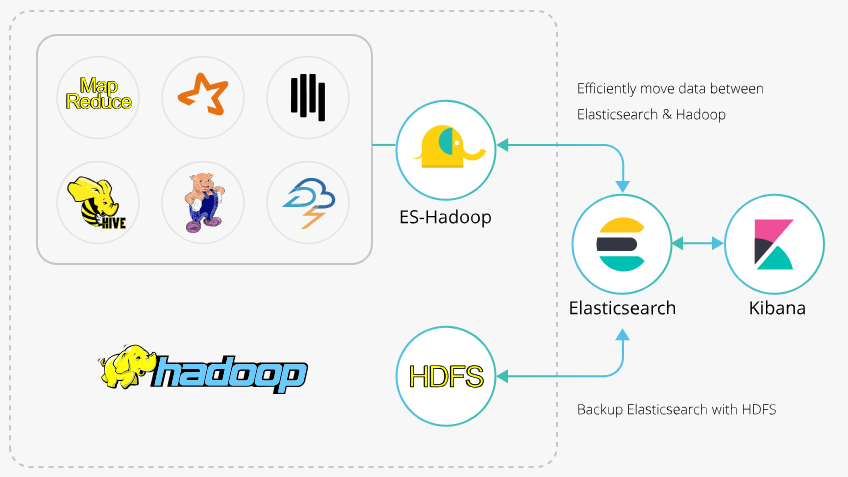
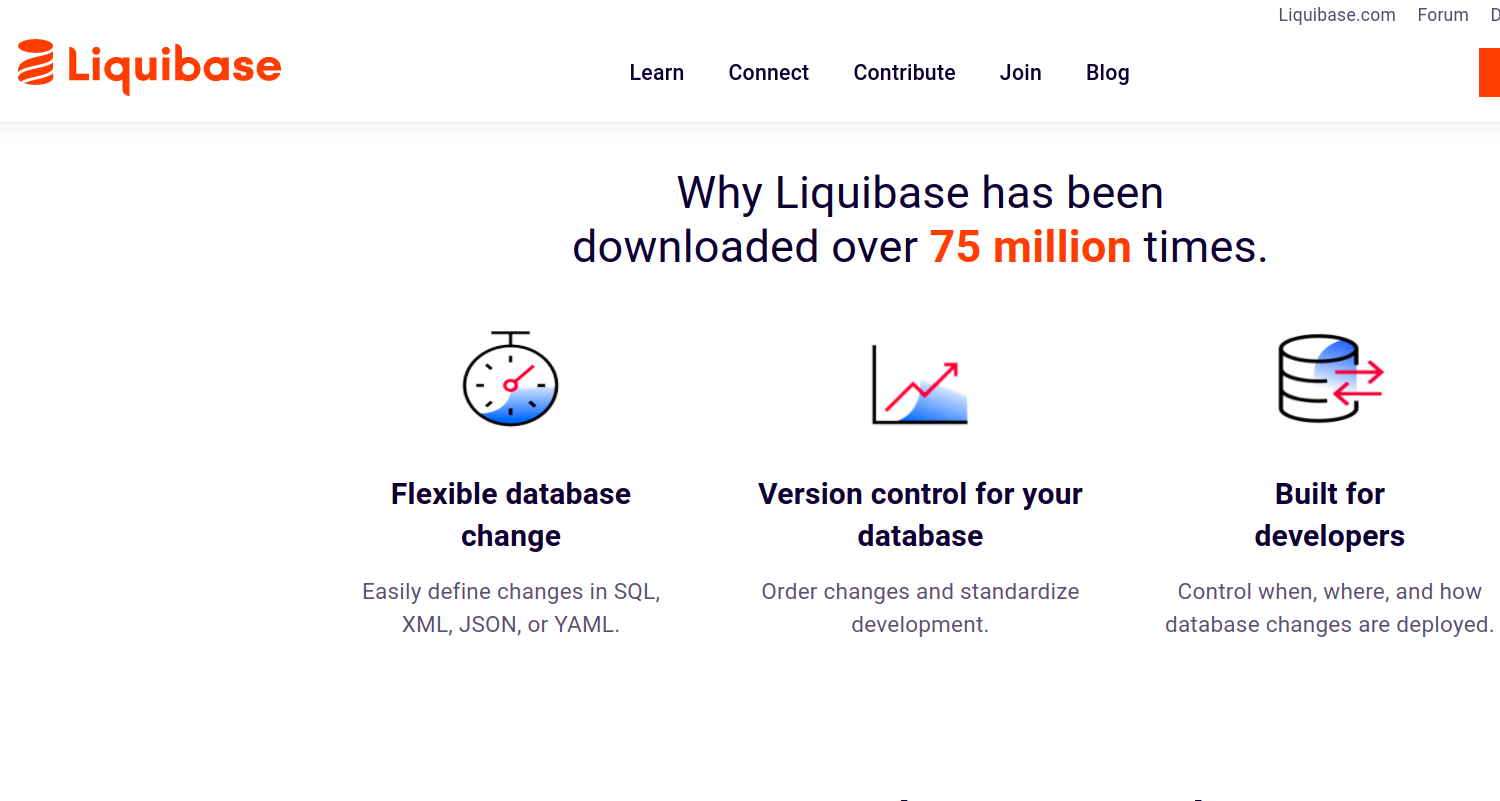

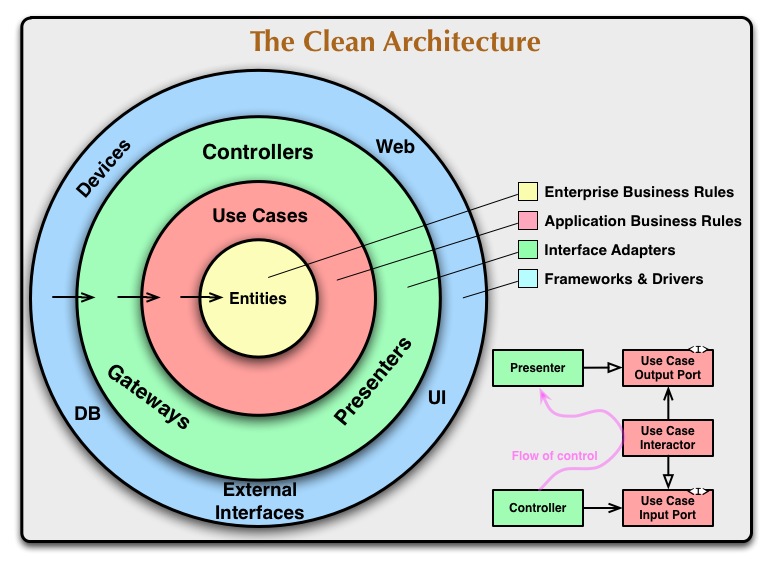




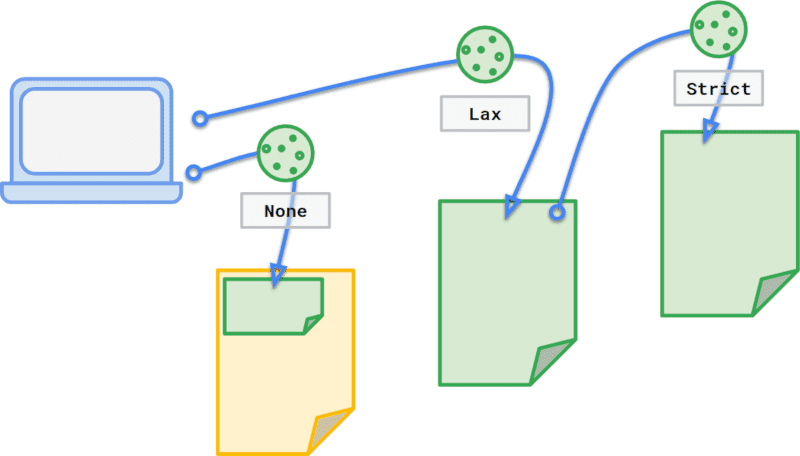






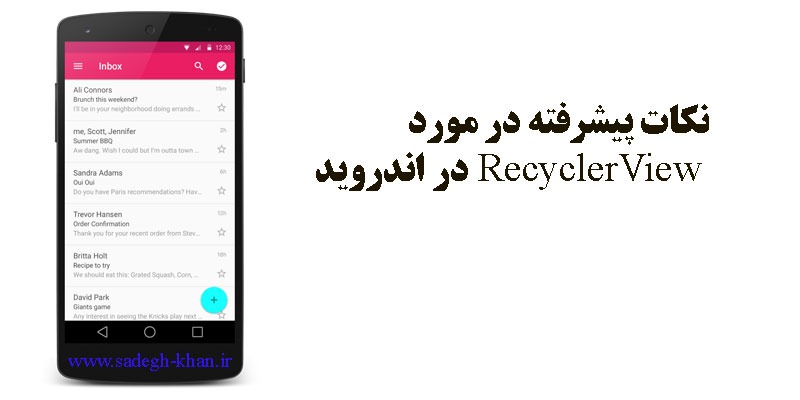



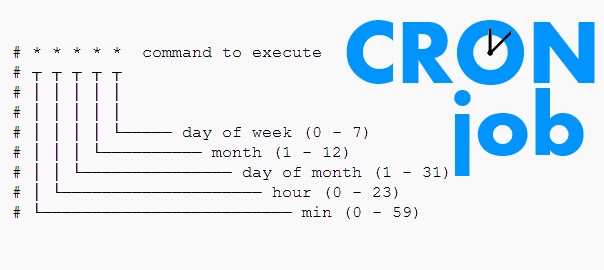

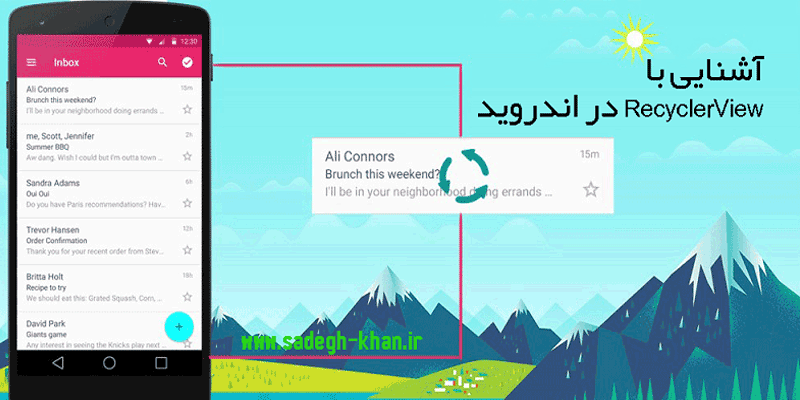
ارسال پاسخ